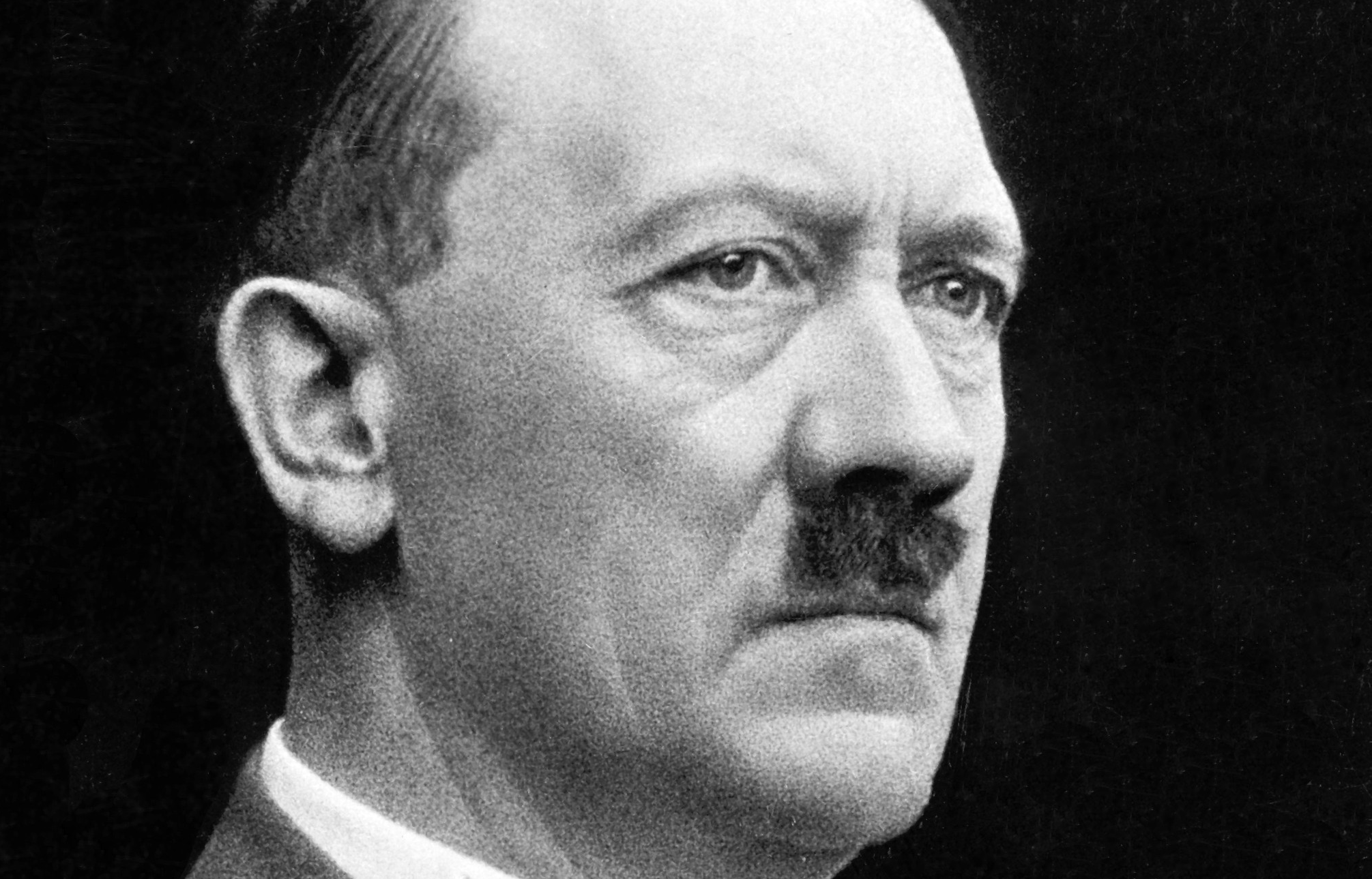 or many people, the twentieth century was a terrifying time to be alive. Radical ideologies and the advancement of technology led to the rise of totalitarianism, a term that is now synonymous with oppression and bloodshed. Totalitarianism often comes in the form of a dictatorship, and throughout the twentieth century, there were plenty of dictators who plunged their countries into dystopian nightmares. Though there will always be debates about who was the worst, these five dictators left behind some of the darkest legacies in human history.
or many people, the twentieth century was a terrifying time to be alive. Radical ideologies and the advancement of technology led to the rise of totalitarianism, a term that is now synonymous with oppression and bloodshed. Totalitarianism often comes in the form of a dictatorship, and throughout the twentieth century, there were plenty of dictators who plunged their countries into dystopian nightmares. Though there will always be debates about who was the worst, these five dictators left behind some of the darkest legacies in human history.
1. Vladimir Lenin
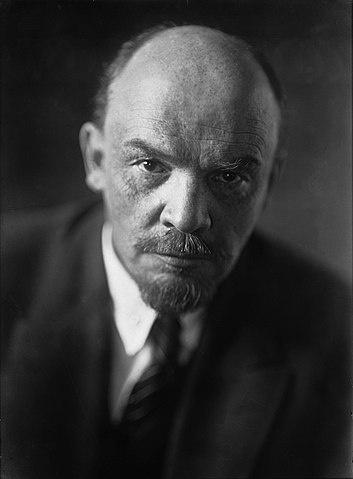
Vladimir Lenin was the most influential dictator of the twentieth century. His brand of Marxism became the blueprint for other dictators, including his infamous successor: Joseph Stalin.
In The State and Revolution, Lenin argued that a violent revolution was needed to overthrow the capitalist system. Indeed, as the leader of the Bolshevik Party, he was at the heart of one of the bloodiest periods in Russian history.
Following the success of the October Revolution in 1917, Lenin imposed his will with the help of the Soviet secret police, also known as the Cheka, who captured, tortured, and murdered enemies of the revolution. Politicians, priests, nobles, kulaks (wealthier peasants), and the bourgeoisie were all targeted by the Cheka.
The urban workers weren’t safe, either. Lenin was fixated with large-scale mechanization and harsh discipline. Any workers who didn’t work hard enough risked being shot by the Cheka. The Red Army, meanwhile, pillaged the countryside by stealing raw materials and machinery from private farmlands.
Before long, the violence escalated into a civil war. Those who were against the revolution banded together to fight back. Lenin and the Bolsheviks were ultimately victorious, but the country was devastated by the conflict.
Though the exact figure is unknown, Lenin’s leadership led to a death toll of roughly three million.
2. Joseph Stalin
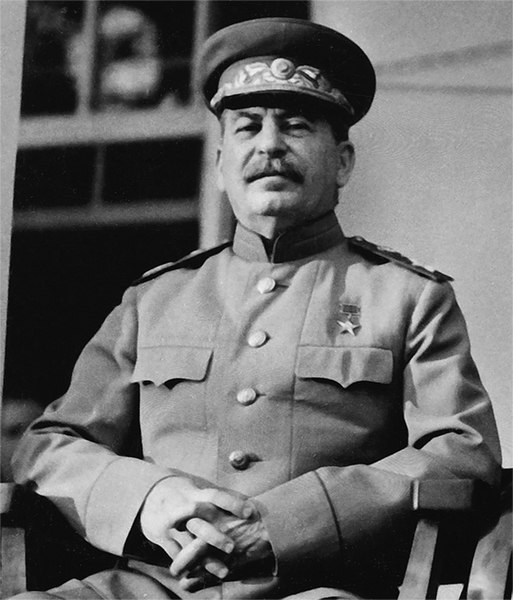
At the end of the 1920s, Joseph Stalin emerged as the new leader of the Soviet Union. Inspired by the actions of his predecessor, Stalin was determined to create the world’s first communist society.
Alongside his policy of rapid industrialization, Stalin oversaw a series of purges throughout the 1930s, and the violence peaked in 1937 when he did his utmost to root out anyone who might compromise his vision. The NKVD (the new name for the Cheka) hunted down kulaks, religious leaders, social outcasts, political enemies, and anyone who was connected to the old regime.
Some were executed, while others were imprisoned inside the Gulag, the system of labor camps inside the Soviet Union. Though certain camps were more tolerable than others, many prisoners were forced to perform physically demanding tasks in freezing temperatures with poor food rations.
Due to the constant influx of new prisoners, camp officials cared little for the sick or the disabled. Those who were dying were often released from the Gulag so their death didn’t count towards the official mortality rate.
Stalin’s collective farms, which were designed to revolutionize the Soviet Union’s outdated farming industry, proved to be a disaster. Private lands were turned into state-run agricultural centers that were mismanaged and overfarmed, leading to poor crop yields and famine.
Estimates vary widely, but some believe twenty million people were killed under Stalin’s regime.
3. Adolf Hitler

Adolf Hitler is the most well-known dictator in history. As the leader of the Nazi Party, he turned his country into a fascist state and initiated a global conflict with his aggressive foreign policy.
Racism was at the core of the Nazis’ ideology. Due to their warped interpretation of Darwinism and the ideas of Friedrich Nietzsche, the Nazis believed the Aryan race should conquer while inferior races should be wiped out.
These ideas filtered down into the rest of society. Books, newspapers, plays, and films were all infected with Hitler’s vision, and this was particularly apparent in the education system, where children were brainwashed with racism.
But the Nazis’ most infamous crime will always be the Holocaust. Hitler believed the Jews were the enemy of the German people, and he wanted to exterminate as many as possible. He achieved this by implementing the Final Solution: the mass genocide of Jews in Germany and across Europe.
As well as exterminating the Jews, Hitler wanted to expand Germany’s territory and spread fascism throughout Europe. Though the Nazis were defeated in the end, eighty million lives were lost during the course of the Second World War.
All these years later, Hitler’s twisted legacy remains unparalleled.
4. Chairman Mao
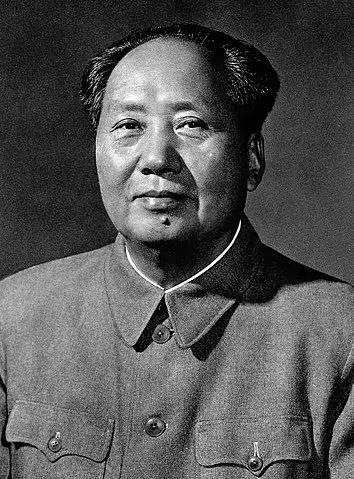
The Chinese Civil War came to a close in 1949, and Mao Zedong, the Chairman of the Chinese Communist Party, became the new leader of his country.
The Soviet Union was the blueprint for Mao’s vision. Indeed, he didn’t hesitate to slaughter his own citizens. The People’s Liberation Army (previously known as the Red Army) marched through China, striking down anyone who dared to resist Mao’s rule. In the first year alone, three million people were executed.
But this was only the beginning. In 1958, Mao imposed a social and economic plan known as the Great Leap Forward, which was designed to increase steel production and group the peasantry into rural communes. Far from making progress, the Great Leap Forward led to a famine that killed millions of people.
Mao’s own party members criticized their leader for this disaster, but the high death toll didn’t stop him from pushing forward with his radical agenda. In 1966, Mao launched the Cultural Revolution, which was designed to wipe out any remaining elements of capitalism from Chinese society.
This movement was noticeably popular with students, who banded together to defend the new regime. With Mao’s approval, they attacked and shamed those who opposed communism. Religious believers were particularly hard hit. Buddhists, Christians, and Taoists were beaten up, and their places of worship were burned down.
Mao’s final death toll is an ambiguous number. But the estimates usually land somewhere between forty million and eighty million.
5. Pol Pot
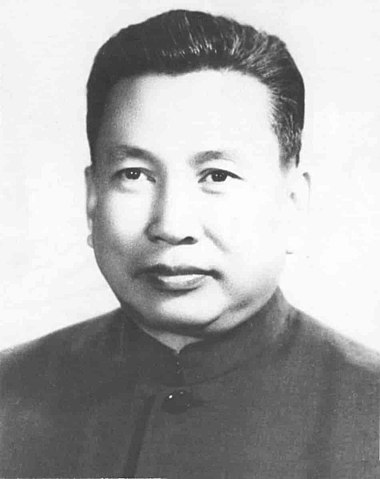
Inspired by Mao’s communist regime, Pol Pot (whose real name was Saloth Sâr) ruled over Cambodia in the late 1970s.
As the leader of the Khmer Rouge, he forced the people of Cambodia away from the cities and into the countryside. Here, they were made to work on collective farms and grow food for the new regime. Working conditions were poor, and those who refused to cooperate were shot dead by the Khmer Rouge.
Like most political radicals, Pol Pot hated religion, and he did his utmost to destroy anything associated with Buddhism, the most prominent religion in Cambodia. The Khmer Rouge rampaged through the country, demolishing temples and slaughtering Buddhist monks.
And to make matters worse, Pol Pot was also a racist. As far as he was concerned, there was only one race that mattered: the Khmer, who came from the lower regions of Cambodia. Other ethnic groups, such as the Chinese and the Vietnamese, were systematically exterminated.
Youth indoctrination was part of Pol Pot’s regime as well. The Khmer Rouge encouraged children to betray their parents if they spoke out against the revolution. At the age of twelve, many boys were taken away from their parents and forced to become soldiers for the new regime.
Again, there’s no clear consensus when it comes to the death toll, but historians generally believe Pol Pot murdered around two million people.
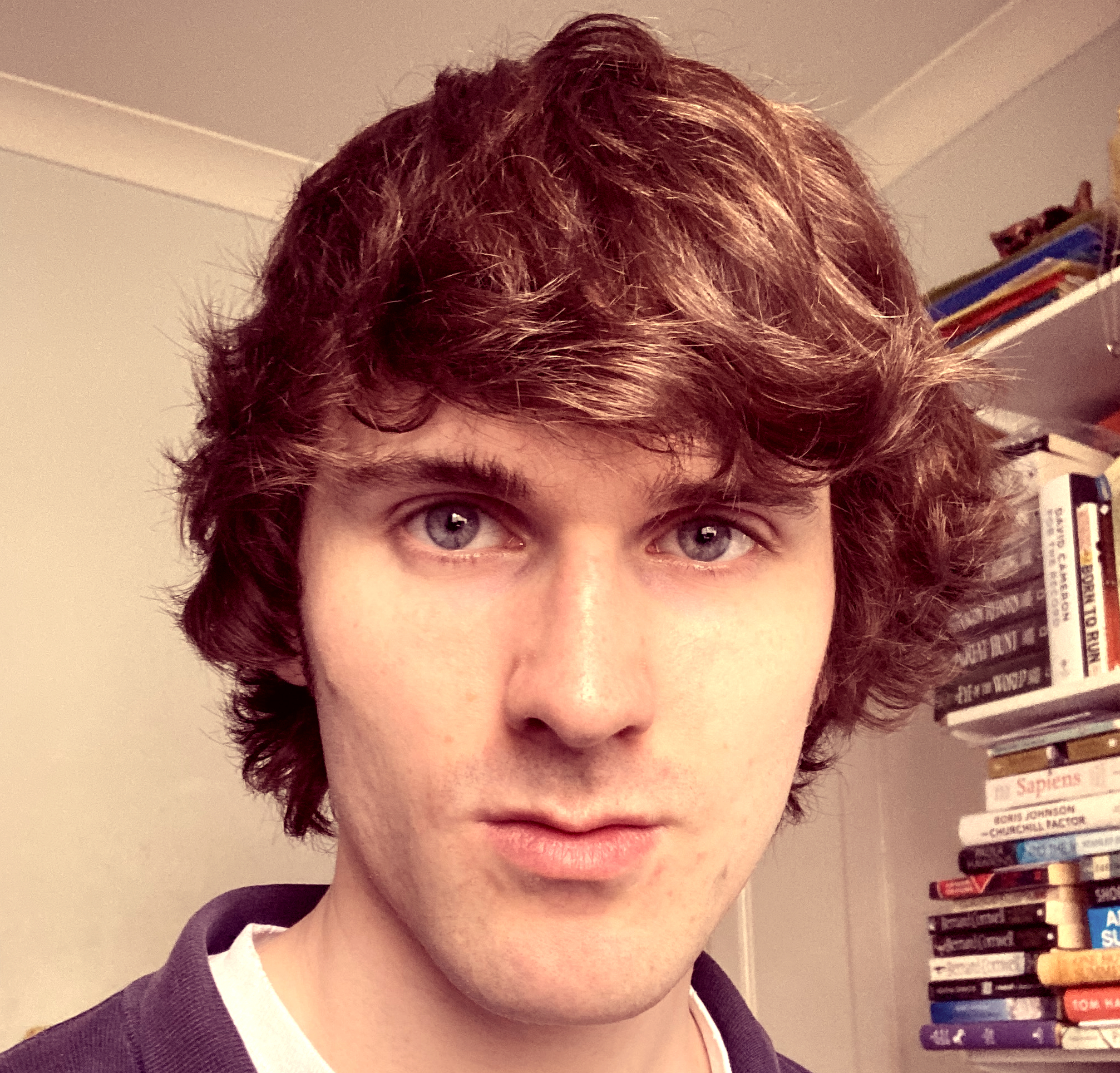
Purchase my history quiz book: https://www.amazon.co.uk/dp/B0BLFWPMKL
Contact: jacobwilliamwilkins@gmail.com

